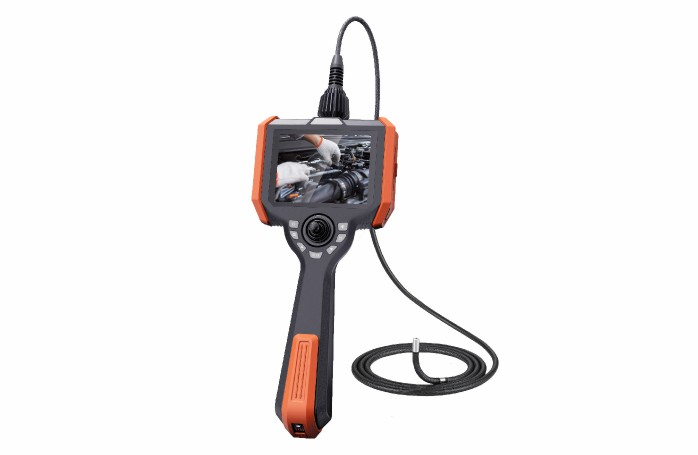Want to know more?
Don't miss any product updates on our industrial borescopes

Industrial borescope
solution service provider
Company Address
Office : 18F, Pingshanshouzuo, Pingshan District, Shenzhen,Guangdong
Contact Info
Ph: +86-0755-89588241

Industrial endoscopes are widely used and critical in the military field, mainly in the following aspects:

Key component inspection: In the production of core weapon components such as gun barrels and gun barrels, industrial endoscopes use high-resolution imaging and a large field of view to detect defects such as cracks, scratches, and rust on the inner wall to ensure that they meet design requirements. For example, the barrel industrial endoscope can comprehensively inspect the inner wall of a new barrel to ensure shooting accuracy and safety.
R&D support: In the development stage of new weapons and equipment, endoscopes provide intuitive internal images to help designers optimize the structure, such as observing the airflow distribution in the barrel combustion chamber to improve performance.
Quick fault location: When a weapon or equipment fails, the endoscope can go deep into the equipment, such as the engine combustion chamber or armored vehicle gearbox, to observe wear, breakage, or foreign matter in real time and quickly determine the fault location. For example, detect cracks in aircraft engine turbine blades to avoid additional damage caused by disassembly.
Regular maintenance: Through regular inspections, potential hidden dangers (such as barrel corrosion and aging of armored vehicle seals) can be discovered to extend the service life of the equipment and reduce maintenance costs.
High temperature resistance/corrosion resistance: Military scenes often involve high temperatures (such as the temperature of the barrel after firing exceeds 500°C) or corrosive environments. The endoscope probe is made of quartz glass, titanium alloy and other materials, with high temperature resistant coating to ensure stable operation under harsh conditions.
Miniaturization design: For small spaces (such as inside a missile body), the diameter of the endoscope probe can be as small as 4mm, and with a flexible catheter, it can achieve no-dead-angle detection.
Ship and ship engine inspection: Use an endoscope to inspect the inside of a marine engine to reduce downtime and improve maintenance efficiency. For example, the micro-endoscope system can quickly detect valve body sand holes or cracks to avoid accidents at sea.
Aircraft engine blade monitoring: A civil aviation company uses a high-definition endoscope to detect turbine blade wear, find tiny cracks, and repair them in time to ensure flight safety.

Performance standards: must comply with international (such as ISO 8600 series) and regional standards (such as European MDR), covering optical performance (resolution, field of view), mechanical performance (wear resistance, sealing) and biocompatibility (medical endoscopes).
Military special specifications: some scenarios require endoscopes to have radiation protection and electromagnetic interference resistance to ensure reliable operation in complex battlefield environments.
In summary, industrial endoscopes provide key support for military manufacturing, maintenance and R&D through non-destructive testing, high-precision imaging and adaptability to special environments. They are core tools for ensuring the reliability and safety of weapons and equipment.

Industrial borescope
solution service provider